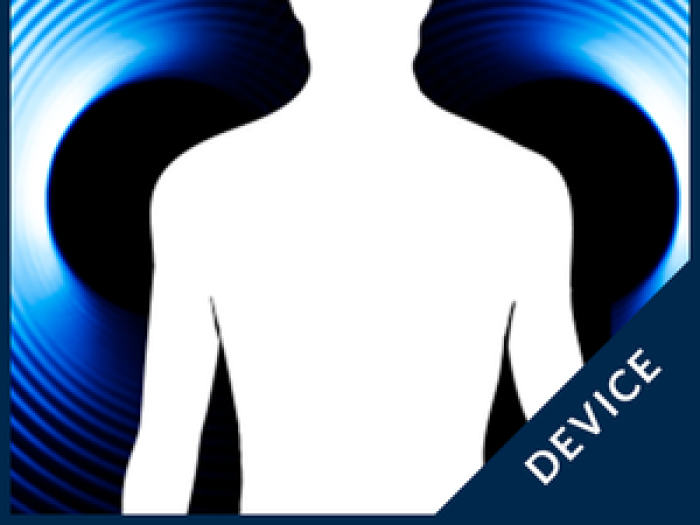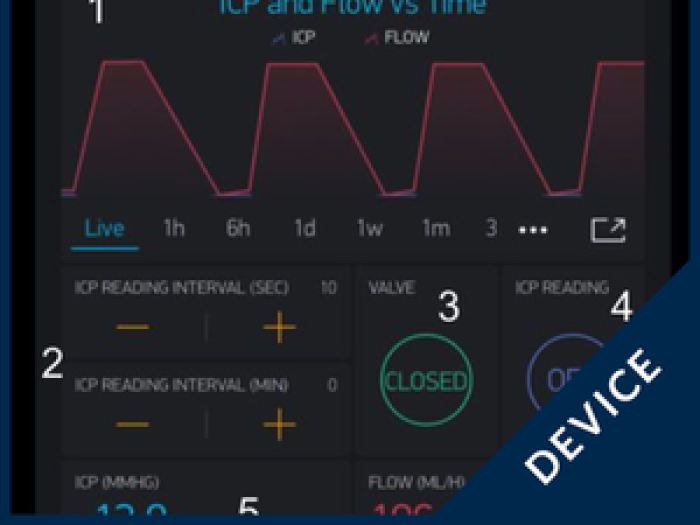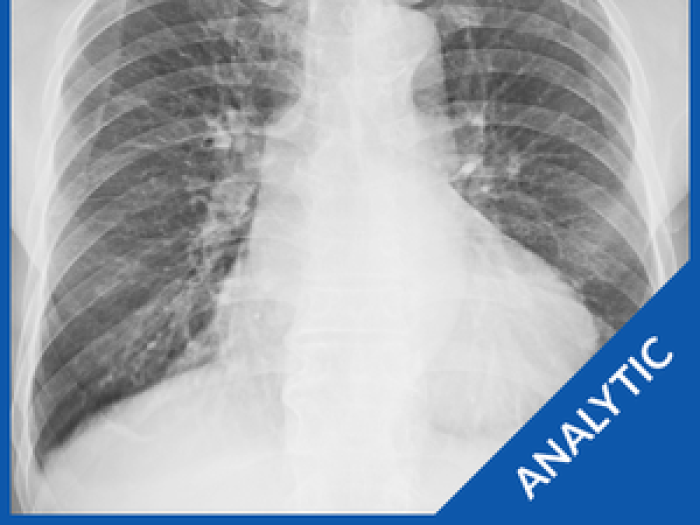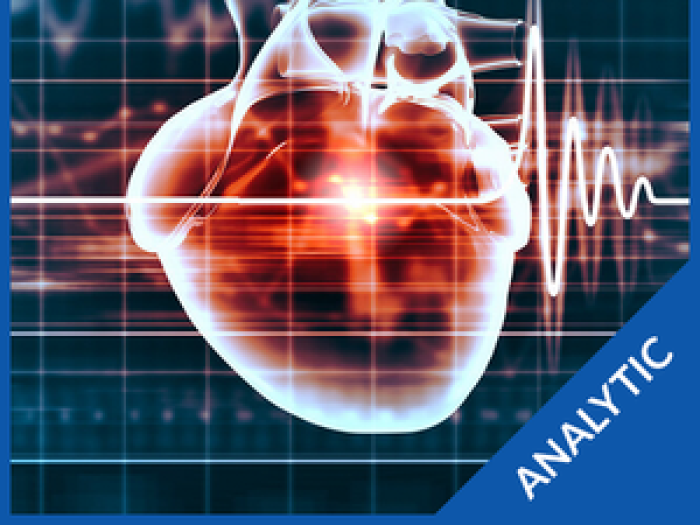
Products that are available for licensing are listed below.

Products that are available for licensing have undergone extensive research and development and are seeking licensing partners to take them to market. Appropriate intellectual property protections are in place and negoations are ready to begin.
Reach out to U-M Innovation Partnerships to begin a conversation about any of our Available to License products listed below.

PICTURE is a suite of machine learning algorithms that utilizes electronic health record (EHR) data to predict patient deterioration in hospital settings.

PICTURE is a suite of machine learning algorithms that utilizes electronic health record (EHR) data to predict patient deterioration in hospital settings.

We’ve built and tested a full-body device that helps ICU patients avoid Post Intensive Care Syndrome (PICS) by applying vibration to activate their muscles. The device has four entry points, two at the shoulders and two at the feet. Not only does the system apply vibrations at both ends of the skeletal system, it also compresses the body and tightens the joints so the vibrations travel all the way through the body.

We’ve built a rapid, accurate, and highly multiplexed digital immunoassay device. Measuring a large panel of protein biomarkers near the bedside has the potential to transform patient critical care. By incorporating machine learning-based autonomous image analysis, the assay chip and instrument have achieved 12-plexed pro-inflammatory biomarker detection at concentrations of < 10pg/mL with a sample volume of < 10 μL, including all processes from sampling to data analysis within 30 minutes, while only requiring a 5-minute assay incubation.

The DEVD will provide caregivers from the field hospital to the ICU the ability to automatically quantify, regulate, and monitor ICP and cerebrospinal fluid (CSF) drainage. The DEVD has the potential to move an industry away from the old rope and pulley system into the modern era. Ready for wireless and analytic integration, the DEVD can also be used to stream data that can be utilized in predictive modeling for advanced TBI diagnosis and treatment.

DETECT-ARDS is analytic capable of detecting the presence of acute respiratory distress syndrome (ARDS), a critical illness with high mortality rates. Using available electronic health record (EHR) data, DETECT-ARDS is highly-accurate with low false-positives.

The Model Performance Diagnostics are a suite of tools compatible with the EMMIT hosting and integration platform. This standalone application detects data shift and model degradation by comparing the distribution of the real-time data that is fed to the model to the data on which the model was trained.

EMMIT solves a critical problem for predictive analytics in a hospital setting. By providing a hosting solution outside of EHR systems, EMMIT can monitor the flow of data between systems and notify teams of errors or downtime. EMMIT’s usefulness scales with the ability to host and monitor the operation of multiple models simultaneously.

The Electrocardiomatrix (ECM) utilizes an ingenious new way to visually analyze ECG signals. By Organizing 2D-ECG signals into 3D matrixes, the ECM increases the detection accuracy and speed of all cardiac abnormalities that traditionally relied on ECG data, including AFIB and ischemia. Data demonstrated that ECM helps to reduce both false positive and false negative AFIB detection in stroke patients.